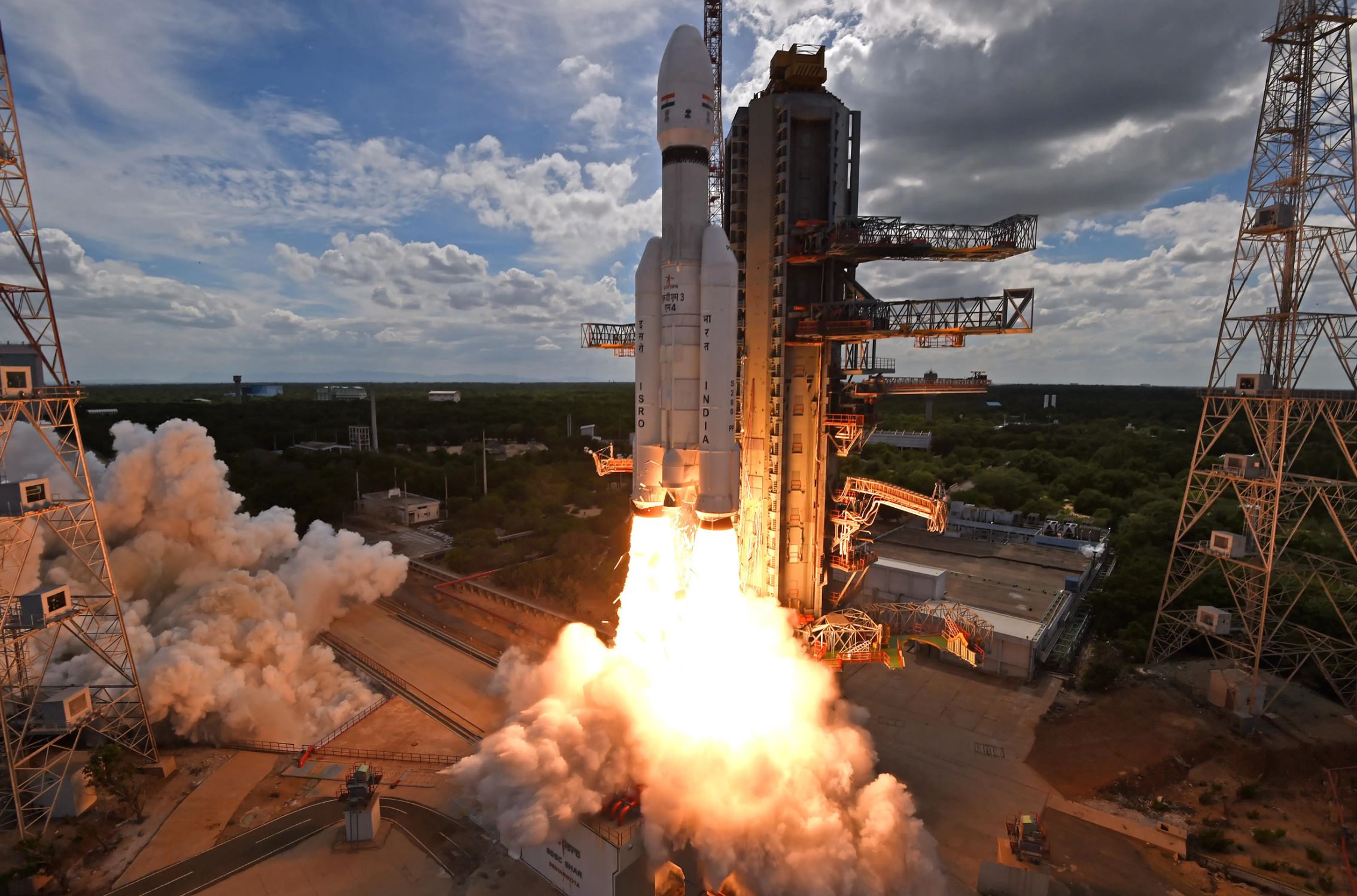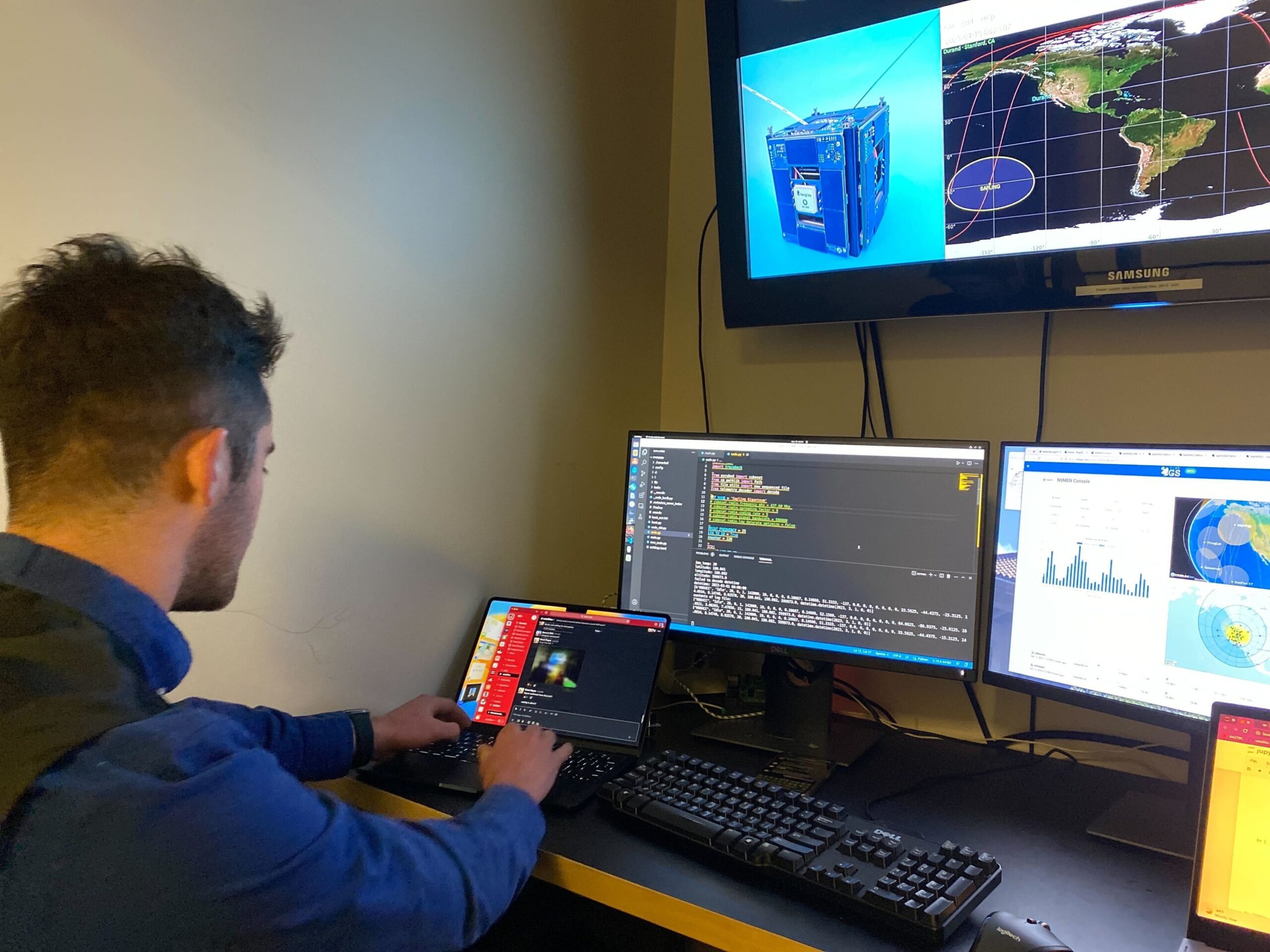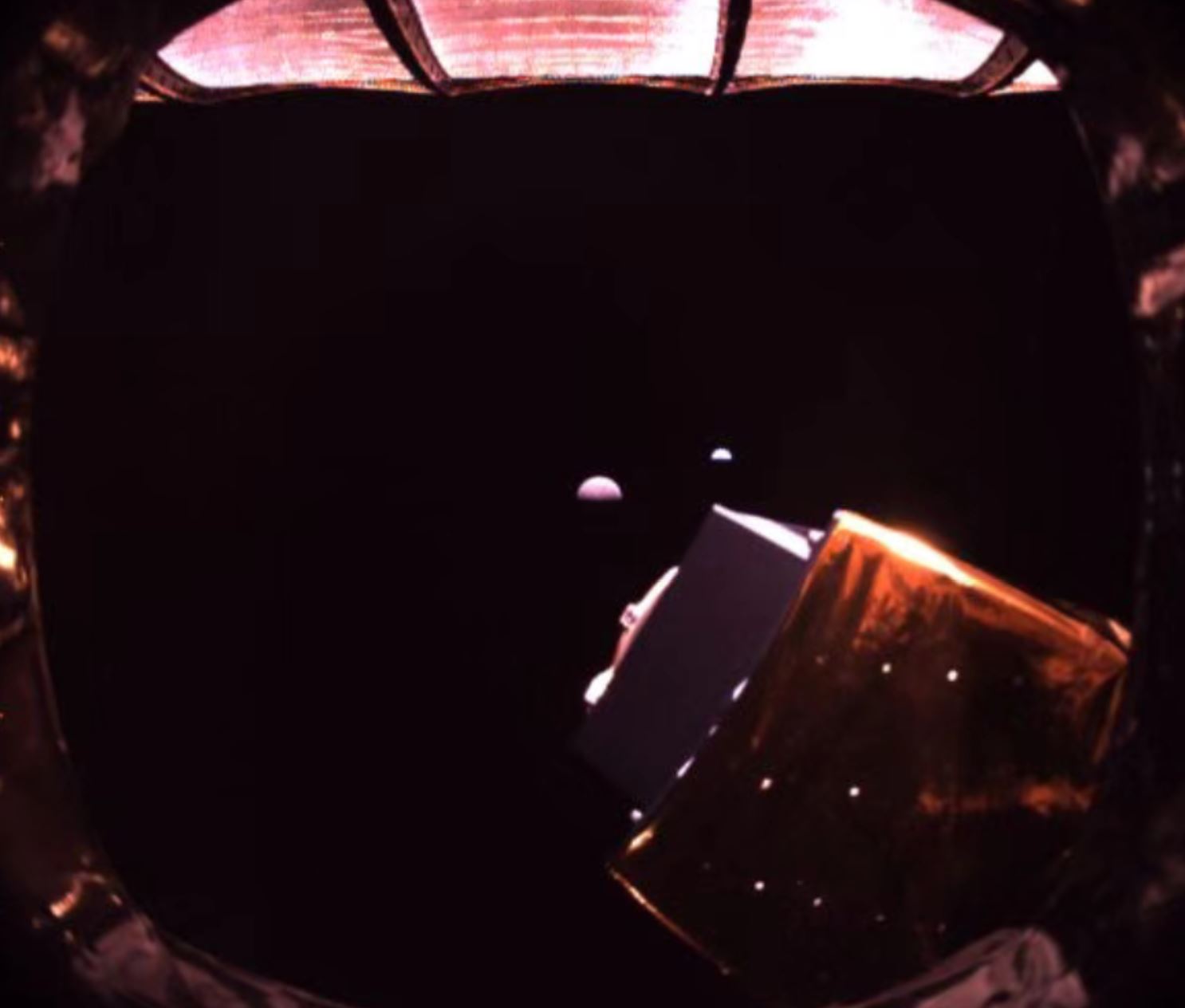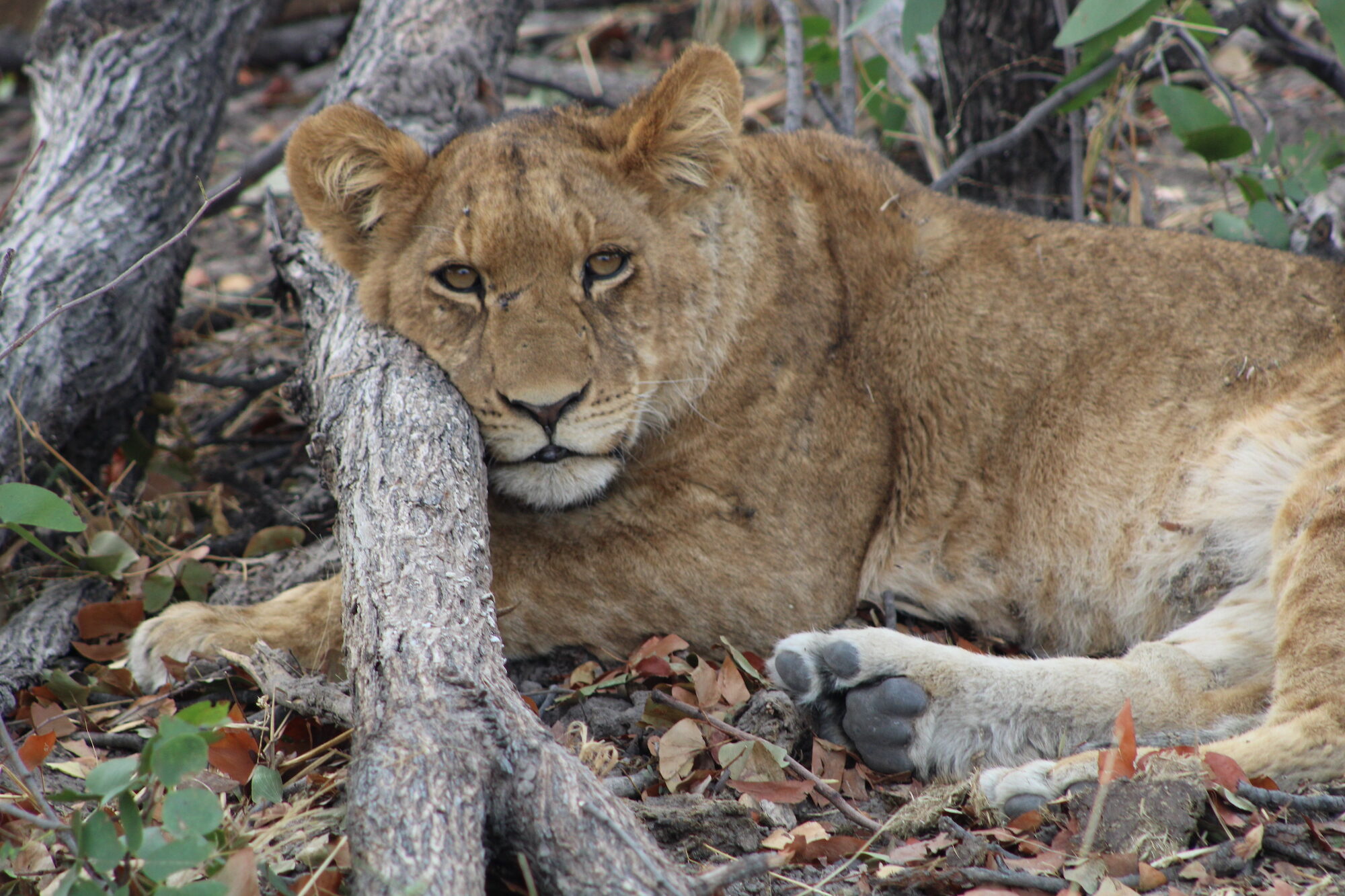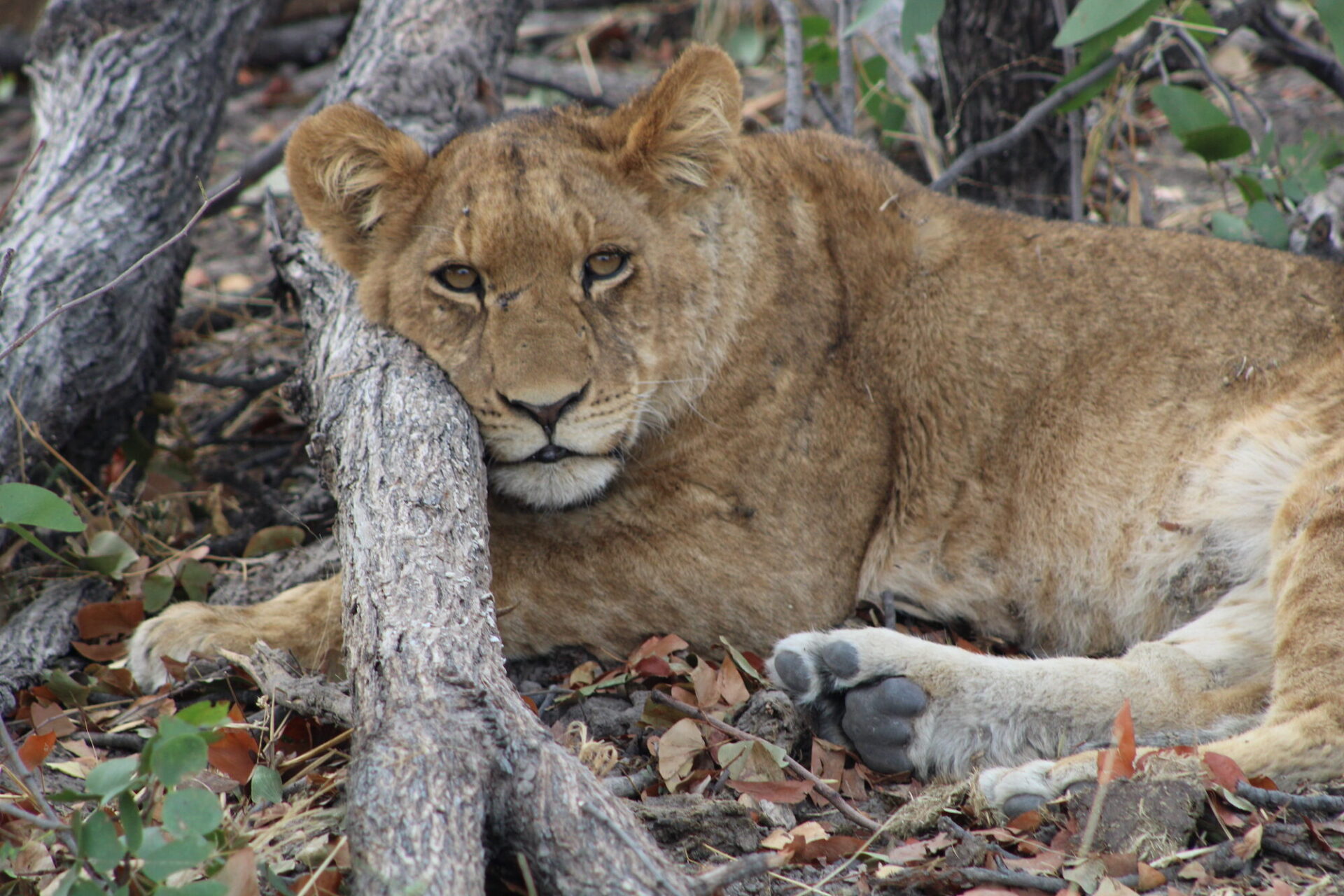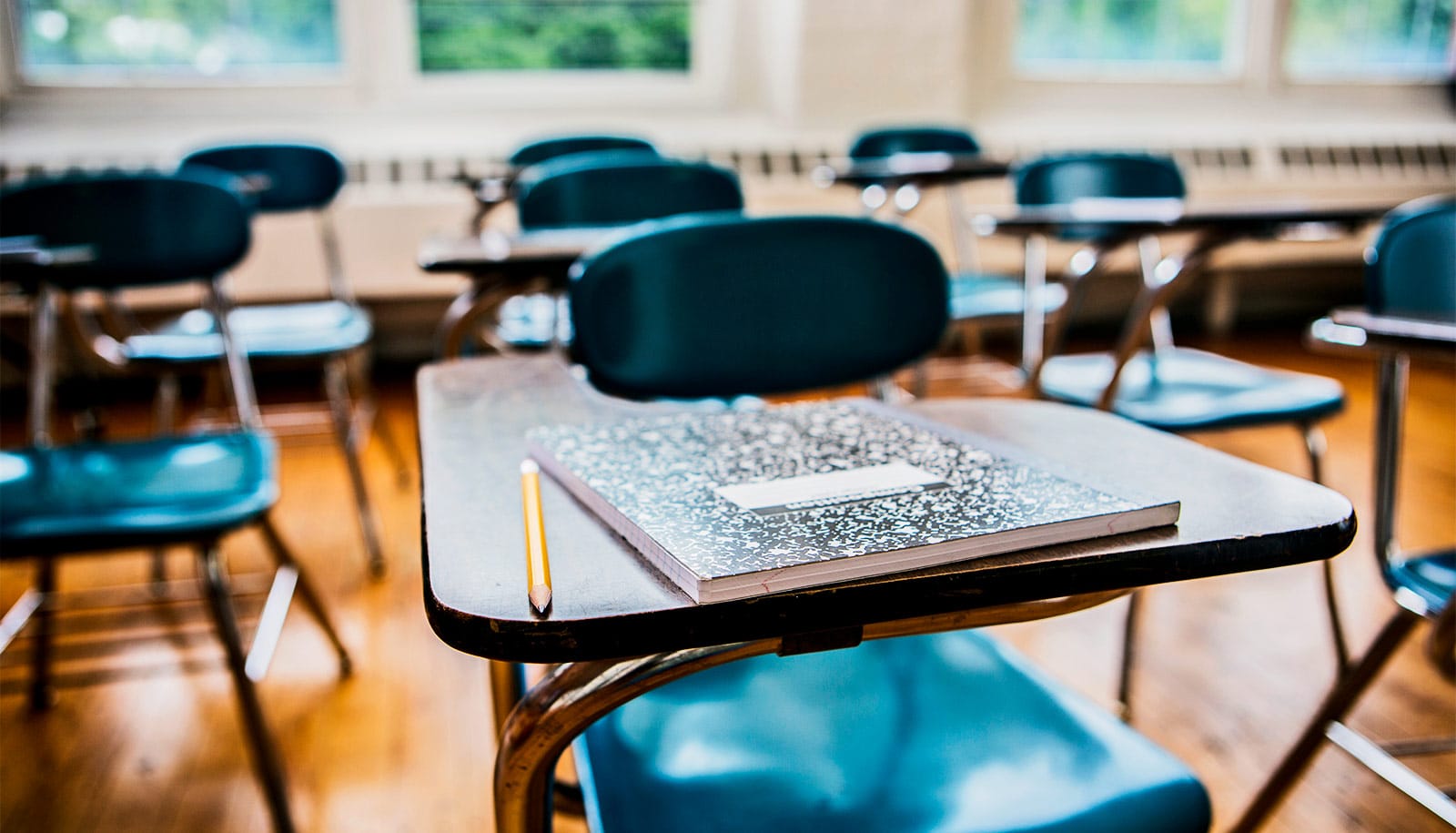Share this
Article
You are free to share this article under the Attribution 4.0 International license.
A new tide forecast model holds the promise of helping coastal communities to prepare.
The model can produce short-term high-tide forecasts for Virginia Key that are 50% more accurate than those produced by the National Oceanic and Atmospheric Administration (NOAA), even out to 10-days.
“It’s essential that we have better tide predictions.”
“I never envisioned this tool achieving such success, but it has. It’s capable of giving people a heads-up when tidal flooding events are going to occur,” says Nate Taminger, a part-time research associate at the University of Miami’s Rosenstiel School of Marine, Atmospheric, and Earth Science, who began working on the model four years ago as a university undergraduate majoring in meteorology, marine science, and math.
With two years of funding support from the South Florida Water Management District (SFWMD), Taminger is spearheading efforts to improve the model’s effectiveness with the goal of generating regular tide forecasts for Lake Worth in Palm Beach County, Fort Lauderdale’s Port Everglades, Key West, Vaca Key in the Florida Keys, Virginia Key near Miami, and Naples on Florida’s southwest coast.
Updated sea level rise data and other meteorological and oceanographic variables make the tide forecast tool effective. Specifically, it incorporates three adjustments to NOAA’s baseline tide predictions.
“For now, NOAA’s tide predictions are based on the average sea level during the 1983-2001 period. So, to bring that up to modern sea level, an appropriate offset is made using a linear trend through the past 20 years of data,” explains Brian McNoldy, a senior research associate and tropical cyclone expert at the Rosenstiel School, who mentored Taminger when he was an undergraduate at the university and is part of the team that created the model.
“Then, the current and forecast atmospheric surface pressure is used to make the second adjustment,” McNoldy continues. “High- and low-pressure systems in the atmosphere affect the sea surface height with a known relationship: higher pressure causes a dip or dent in the ocean surface and lower pressure causes a dome or bulge in the ocean surface. Finally, a multiple linear regression model is utilized on four additional environmental parameters, and that can adjust the water level up or down as well. The model is trained on each tide gauge’s available history, so it learns what environmental factors generate a given response in the water level at that location.”
Taminger detailed the specifics of the model during a climate resiliency conference held at the University of Miami campus in April 2022 and later to officials at the SFWMD, which used the model in advance of a recent flooding event in the region.
“We got the alarm out early and once [the model is refined], we hope to make the output easier for the public at large to see,” says Todd Kimberlain, SFWMD’s lead meteorologist. “It’s essential that we have better tide predictions. With this model, there’s just a very small difference between what the forecasts are and what actually occurs.”
McNoldy posts the model’s daily tide plots for Virginia Key, Key West, Vaca Key, and Lake Worth on a public webpage and plans to add tide forecasts for Port Everglades and Naples by December.
“[Tidal forecasts] are important for coastal shipping and boating interests, as some shallow features can be dangerous during low tide but fine during high tide,” McNoldy says. “And for low-lying coastal infrastructure, knowing when to expect high tides and how high they might be can help prepare for potential flooding events.”
Sea level rise, he explains, is making tidal flooding more frequent and more severe.
“In the Miami area, sea level is rising at an average rate of about 0.25 inches per year, or about 7.5 inches in the past three decades,” McNoldy says. “There are ups and downs in the mean sea level from one year to the next, but the overall trend is upward. This means that places now flood during some high tides that did not flood before, and places that used to experience some flooding during high tides now experience it much more often and with deeper water.”
The scientists are working on improving their tide forecast model at a time when the annual king tides have returned. Combined with the effects of sea level rise and heavy rains, king tides—which occur each fall when climatological, atmospheric, and oceanic conditions align to cause water levels to surge—can make flooding in Miami Beach much worse.
Professor of atmospheric sciences Brian Soden, who also served as one of Taminger’s faculty advisors and is part of the team that developed the model, says the new forecast tool could “help coastal communities better prepare and plan for disruptions caused by king tides.”
Source: University of Miami

